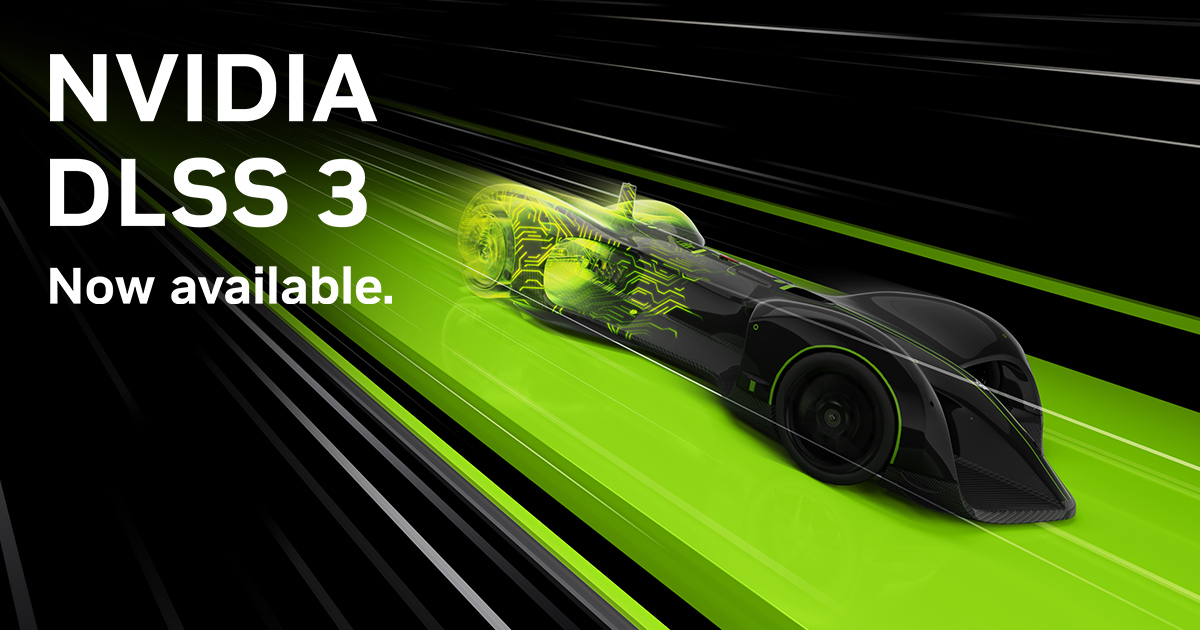Why lock out the feature in that case through software control? Maybe a better alternative would have been to keep the feature off globally for older generation cards which can technically support it & give an option in Nvidia settings to toggle it on/off for users who know what they are doing. If the performance is really not impressive people will not use it & Nvidia will get to be on the good side of gamers for once while also advertising how good RTX 4xxx cards are for this.
Artificially locking things out makes you question companies like Nvidia who have a very bad track record of being pro consumer. I mean take example of AMD, was FSR1.0 was really bad for low end graphics card when scaling from 720p -> 1080p? Did they lock that feature out? Nope! And ultimately that feature has become a really great option for Steam deck users.
BTW, this is the original comment where DLSS3 running was claimed by a redditor.

